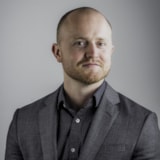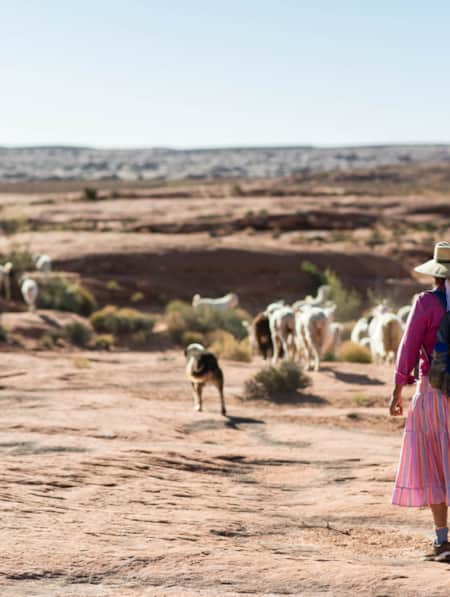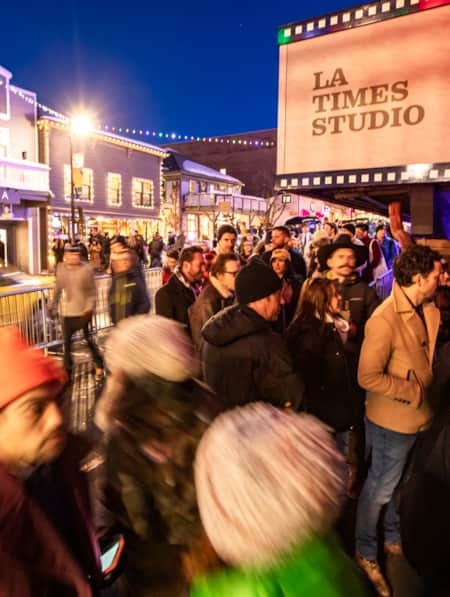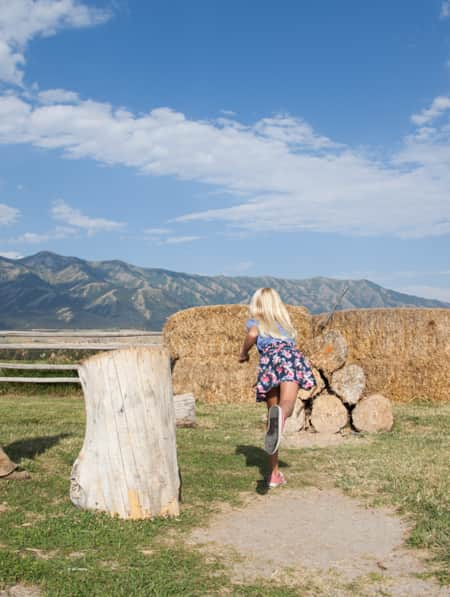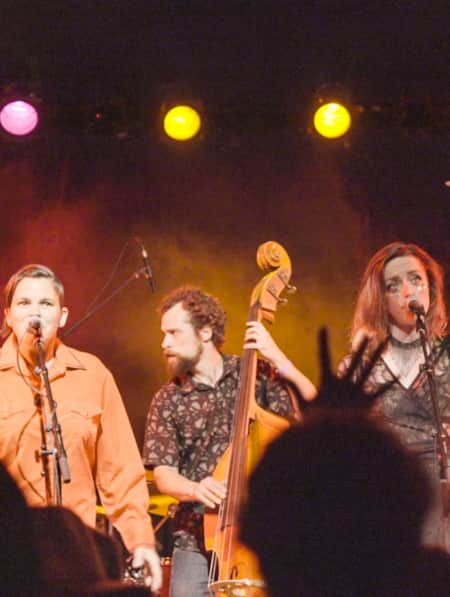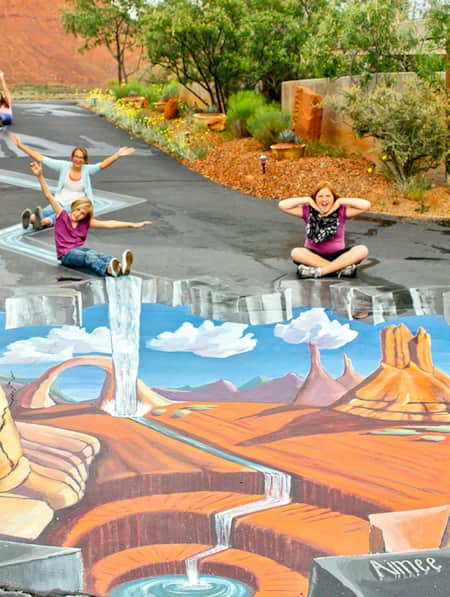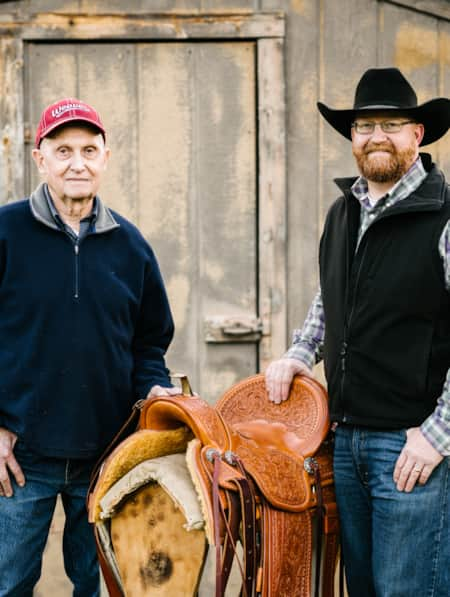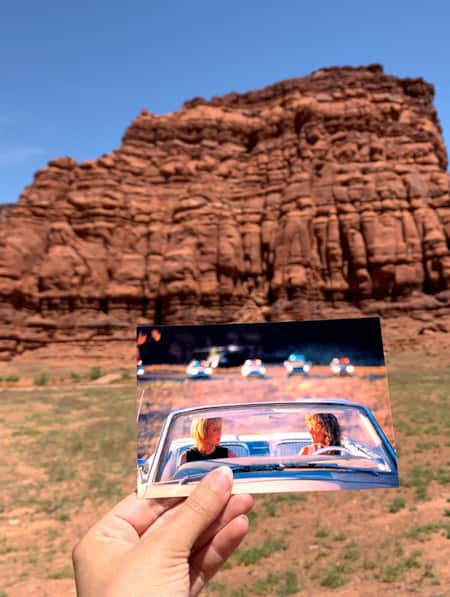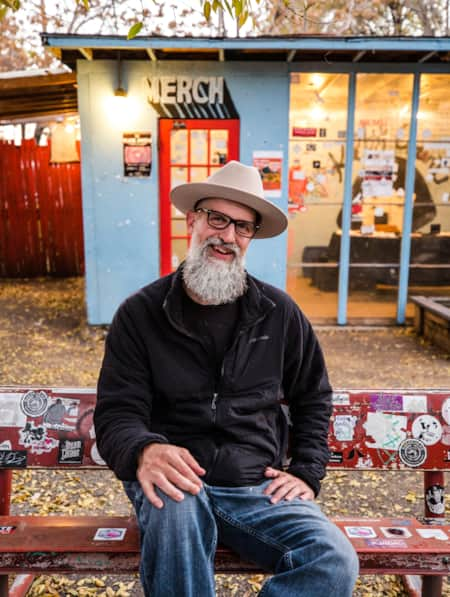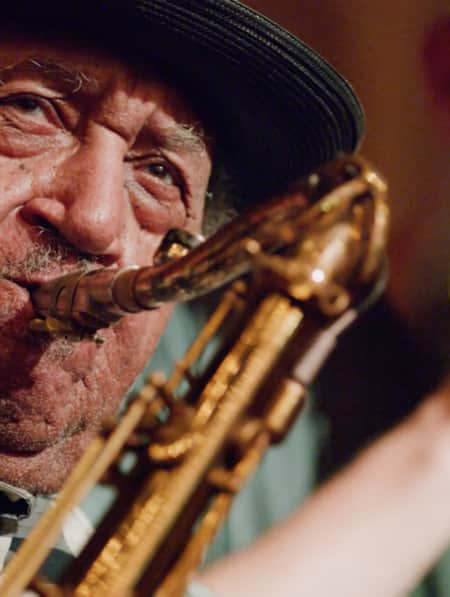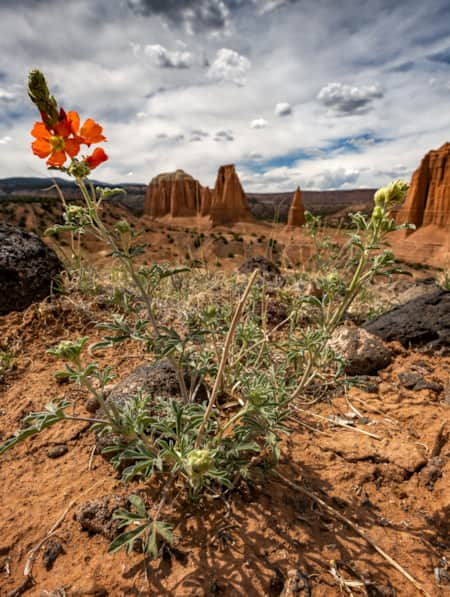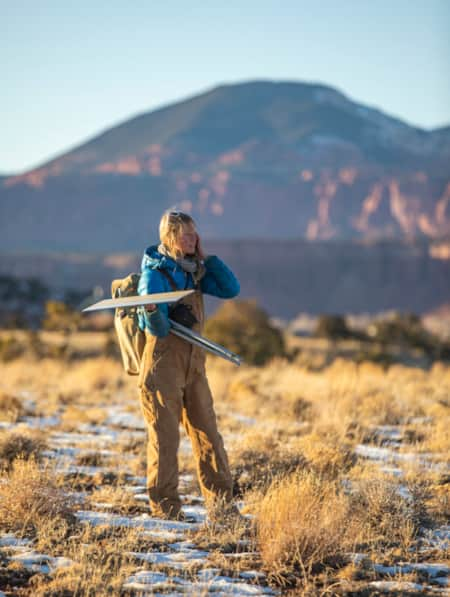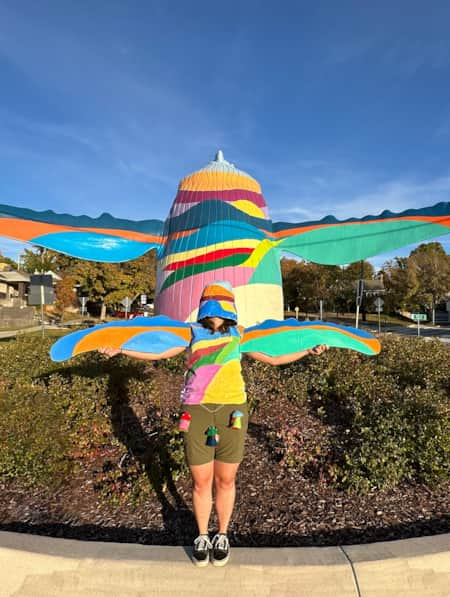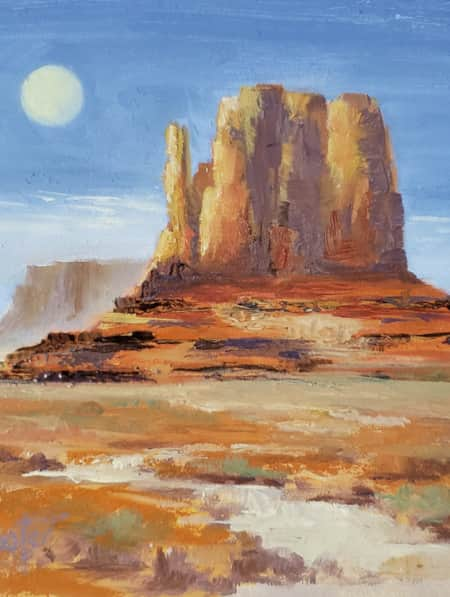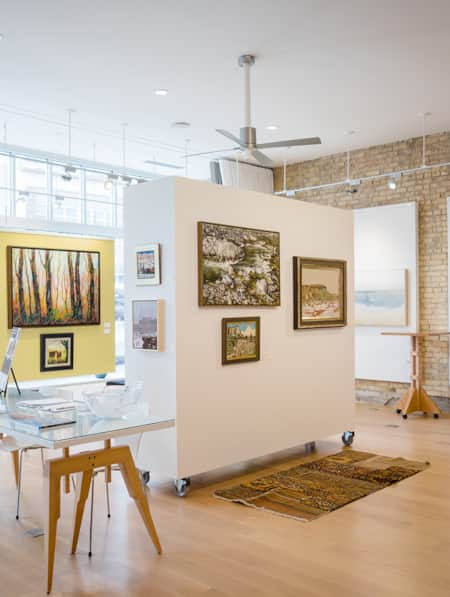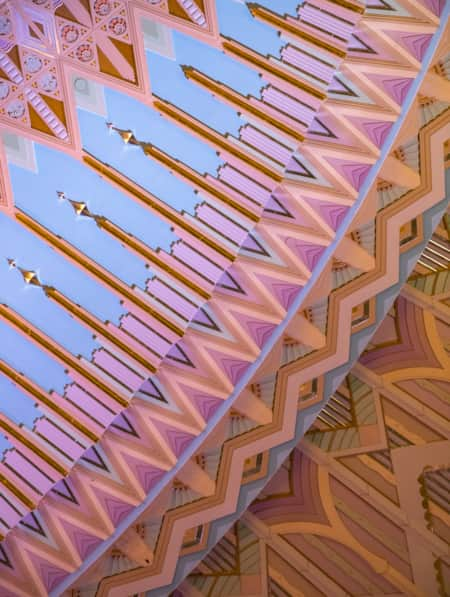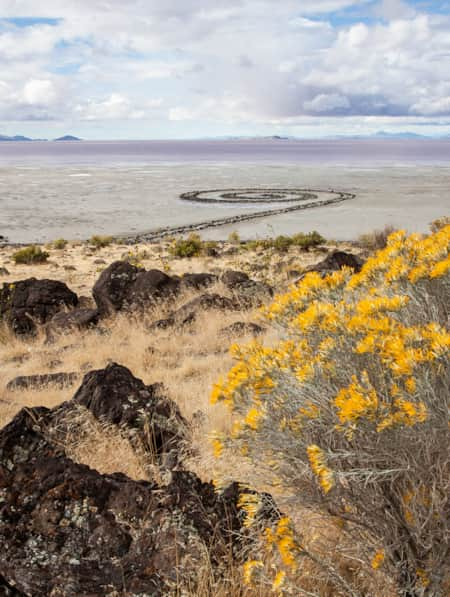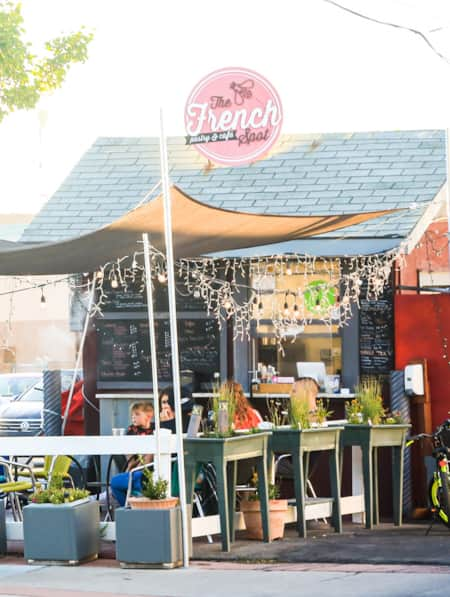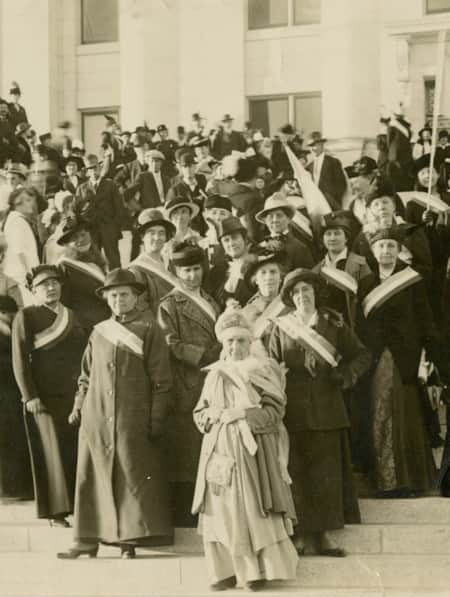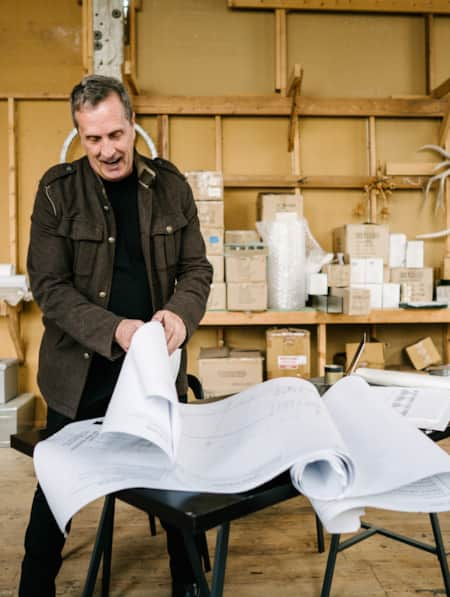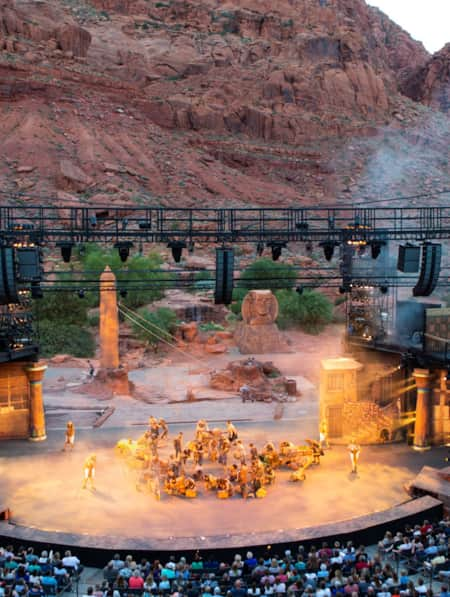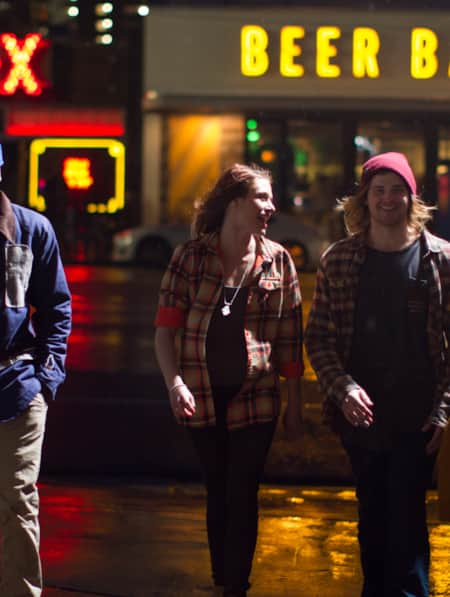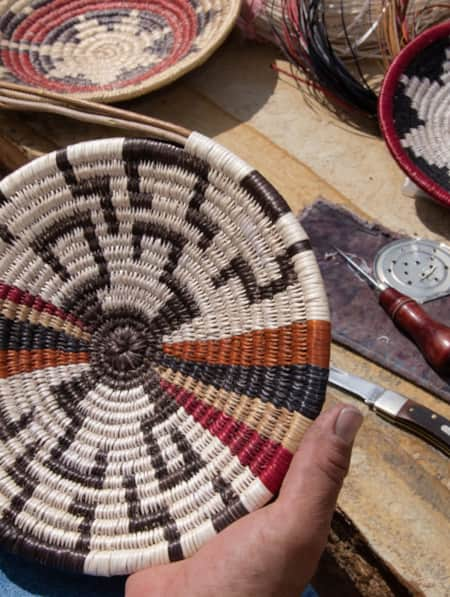Temple Square: The Geographical and Musical Heart of Salt Lake
An interview with a former president of The Tabernacle Choir at Temple Square reveals the influence of Mormons on the largely secular music scene in Salt Lake City.
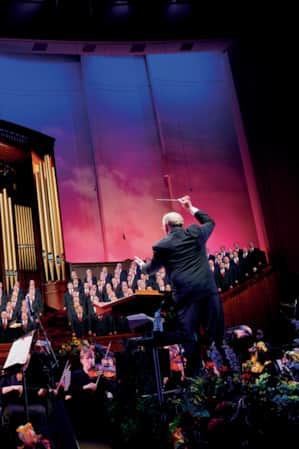
Utah is most often associated with two things: Mountains and Mormons.
There’s no denying the presence and cultural influence of The Church of Jesus Christ of Latter-day Saints (commonly known as Mormons) in the Beehive State. It was Church of Jesus Christ pioneers, after all, that traversed the frontier and made the Salt Lake Valley their home in 1847. But while Salt Lake City was once recognized as a Church of Jesus Christ stronghold, the state’s capital has taken on a new cultural form in recent years.
Locals often juxtapose the city against the broader Church of Jesus Christ culture, referring to it as “a liberal bubble within a conservative state.” Though these two facets have distinguishing characteristics, they also interact and influence one another in interesting ways.
I’ve studied this interaction through the lens of Salt Lake City’s music scene. Active participants in the local music community will agree on a defining attribute: a strong sense of community and support among the diverse local musicians, venues and concert-goers.
But why? What is at the root of this tight-knit music community?
A conversation with the former president of The Tabernacle Choir at Temple Square led me closer to what I believe to be at least part of the answer.
***
I met choir president (2012-2021), Ron Jarrett, on his turf at Temple Square — the literal and figurative heart of Salt Lake City, whose cluster of modest skyscrapers rise in neat rows along the all-encompassing “grid” of the city.
Restaurants, shopping, professional performing arts, nightlife and bars spiral out from downtown’s spiritual core, creating a big-city juxtaposition of culture and place. It’s late September, and the bright colors of fall-tinged flora pop against the grounds’ granite, gothic architecture. Our conversation takes place in his office within the Tabernacle, a dome-shaped auditorium that houses what President Ronald Reagan dubbed “America’s Choir.”
"Restaurants, shopping, professional performing arts, nightlife and bars spiral out from downtown’s spiritual core, creating a big-city juxtaposition of culture and place."
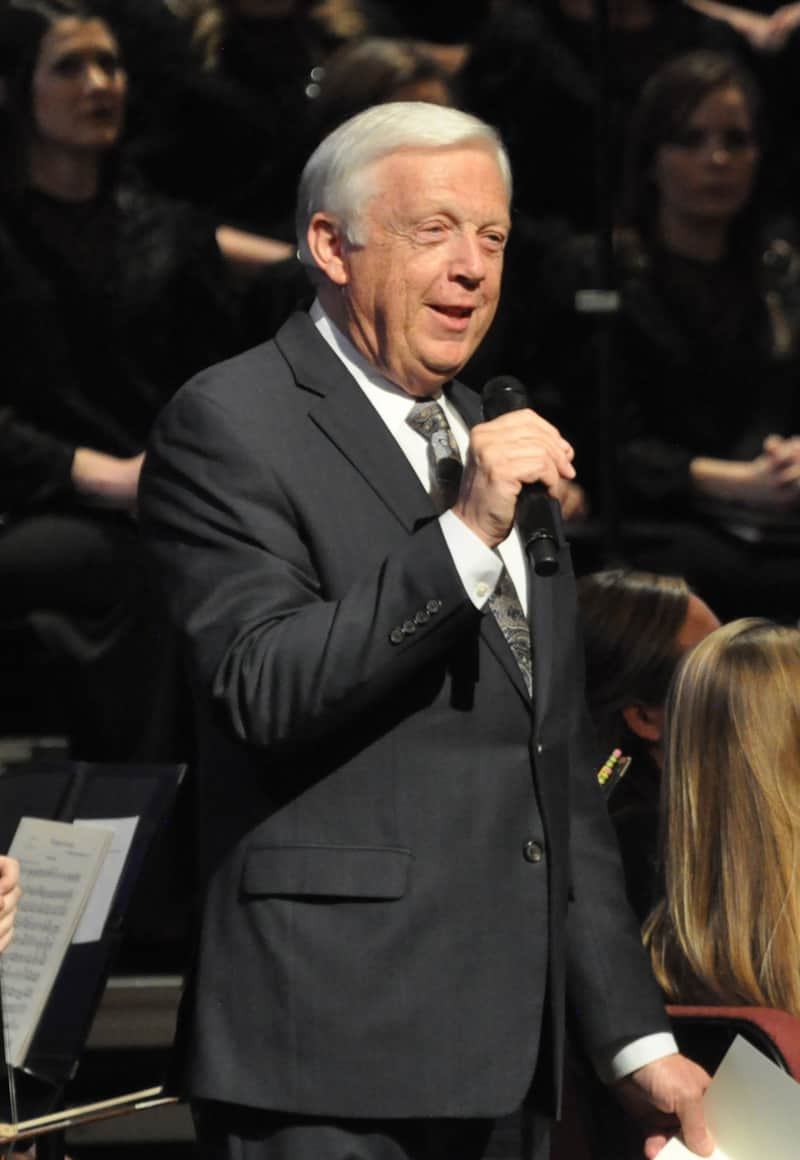
Former Choir President Ron Jarrett
Look closely around the Tabernacle and you can spot a peculiar woodwork technique that finds its roots in early pioneer culture. The oak woodwork and furniture are, in fact, not oak, but pine. Pioneers’ desire for refinement but lack of necessary materials resulted in a resourceful solution — a technique called “graining.” This process allowed pioneers to imitate not just hardwood, but marble and even leather (Dant). That yearning for refinement carried over into Church of Jesus Christ music culture, as well — no imitation needed.
The choir, directed by Mack Wilberg, makes it a point to make guests feel welcome. “We try to make it open and friendly. We talk to them. We welcome them,” Jarrett says.
In addition to their solo performances, The Tabernacle Choir often works with other music organizations and artists. One of their regular partners — the Utah Symphony — helped co-host a concert series not too long ago that included five-time Grammy Award-winning musician James Taylor. Other notable music guests include opera singer Renee Fleming and local pop star David Archuleta, among many others.
They also sponsor and host organizations for annual music events, including the American Guild of Organists and the nonprofit, music education group Millennial Choirs & Orchestras, to name a couple. “All in an effort to bring different cultures, different music, [and] different experiences to our city,” Jarrett adds.
How to incorporate Temple Square into your Salt Lake City visit:
- If you’re short on time and looking to take in some local scenery, stroll Temple Square’s famous gardens and enjoy the various architectural styles found on the grounds. Open daily from 9 a.m. to 9 p.m. Free admission.
- Have an early (or late) dinner at one of Temple Square’s multiple renowned restaurants or stroll downtown if libations are also on your menu and attend a free music rehearsal with a world-renowned choir group and experience the unique acoustics of the Tabernacle. Bell performances are Wednesdays at 7:30 p.m., vocal performances on Thursdays at 7:30 p.m.
- Lazy Sunday? Explore Temple Square’s grounds before attending a free organ recital at the Tabernacle at 2 p.m. Brunch at Eva, Bambara, or any of the other dining hotspots nearby before you go.
- If you’re in Salt Lake during the winter holidays, experience the wonder of the Temple Square Lights every day at 5:30 p.m. until 10 p.m. There are also a number of holiday performances from a variety of local groups.
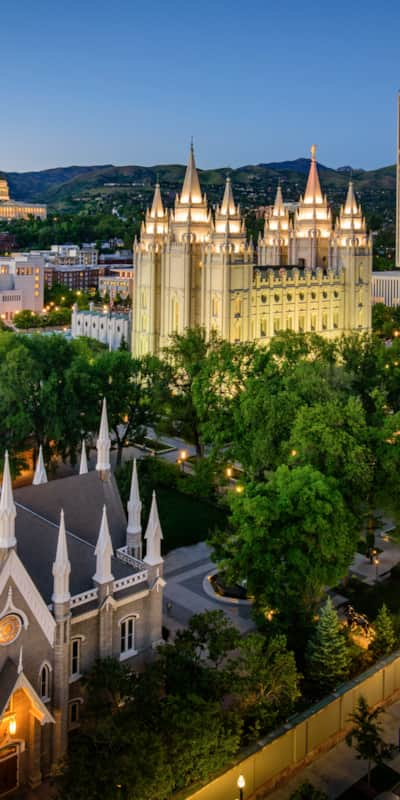
I ask Mr. Jarrett why music is such a big part of the Church of Jesus Christ faith. He replies, “Well music...itself is a great vehicle for communication. Music speaks to people and they understand it; they can relate to it. And so we believe that the music touches people’s hearts and makes a difference for them..” It’s a sentiment that echoes the church’s second leader, Brigham Young, who characterized music as a “magic power” that could “fill the air with harmony, and cheer and comfort the hearts of men…” (Hicks).
This is a faith and a city that love music.
At a time in United States history where Christian faiths were divided in their views on the role of music, the Church’s founder Joseph Smith likened choral worship music to prayer and took steps to create a singing department in 1830 (Hicks).
One month after the Church of Jesus Christ pioneers arrived in Salt Lake Valley, the community formed The Tabernacle Choir and a seed was planted; a seed that would soon blossom into Brigham Young’s proverbial “desert rose.”
European converts later immigrated to Utah and brought with them their music sensibilities along with their wind, brass, and string instruments. Soon after, instrumental music accompanied the vocal-centered music culture of the early Latter-day Saints. This music culture and refinement was unparalleled across the early western frontier.
The Church of Jesus Christ has a long history of music-inclusivity. Jarrett says, “There’s [always] been a culture of music present.” As other faiths began entering into the valley after the initial settlement, they found that their music was accepted and appreciated by the Saints. An ethic of sharing music grew among the various faiths, with The Tabernacle Choir often drawing from other Christian faiths’ musical repertoires.
Brigham Young University music professor Michael Hicks writes, “Above all, the sheer abundance of music in the Church reveals how untiring are the aesthetic impulses of its members. Whether or not a distinctively Latter-day Saint style emerges, music of many styles will undoubtedly continue to inspire the Saints.”
"It was then that I realized an obvious oversight on my part. Cultures aren’t fixed and static, but fluid and dynamic. When one borders another, they interact, influence and co-mingle. "
Redirecting our conversation back to the Choir, I ask Jarrett about the relationships formed among the performers of The Tabernacle Choir at Temple Square. He tells me about the solidarity and goodwill among the group. The taxing nature of auditioning for the choir and subsequent high number of commitments that follow afterward can put a strain on its members. Not to mention they are all volunteers, and unpaid. They often rely on each other for support, coordinating resources where needed — acting as a collective. A village mentality is present, not unlike that found in the broader Latter-day Saint community.
It was then that I realized an obvious oversight on my part. Cultures aren’t fixed and static, but fluid and dynamic. When one borders another, they interact, influence and co-mingle. The distinct sense of acceptance, encouragement and support I see weaved through Salt Lake City’s music scene mirrors those same attributes that are part and parcel of the Latter-day Saint community, musical and otherwise. This choir — and the larger culture — established a communal musical tone in the 1800s that influences the tight and supportive musical community that pervades Salt Lake City — and the broader Wasatch Front — two centuries later.
Jarrett boils the purpose of the Choir down to its simplest component: “It is the joy that can be found in making or listening to great music. That’s what it’s all about.” An attitude that’s as pervasive as the spirit of community found in the Salt Lake Valley.
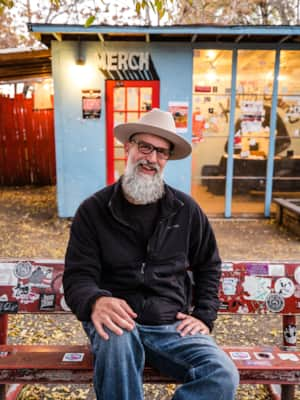
The Salt of Sound: Live Music in Salt Lake City
Check out the live music scene while visiting Utah. Salt Lake City’s numerous music venues offer something for every music lover. Watch Salt of Sound for a taste.
